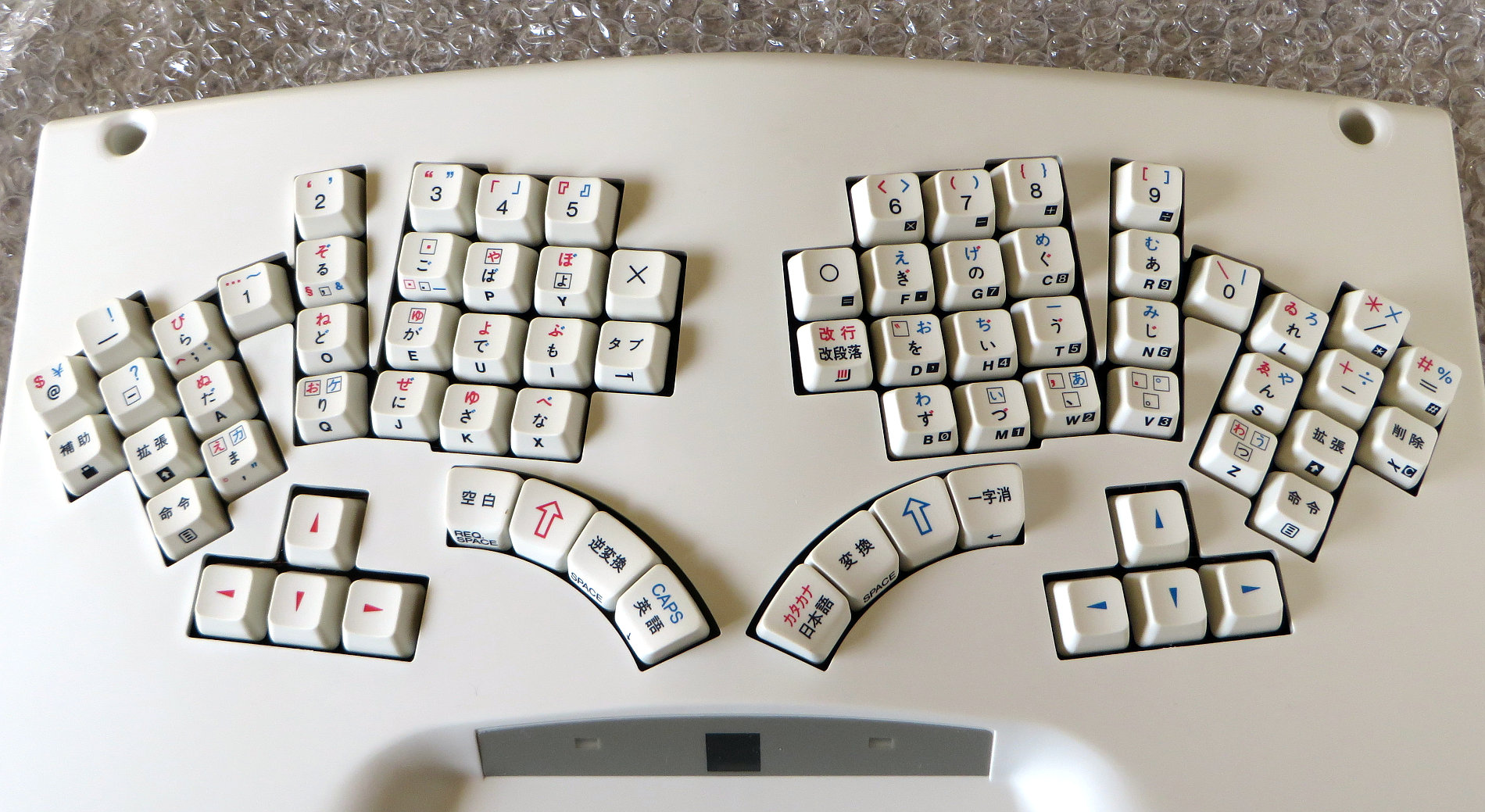
- #Japanese keyboard layout on htc desire eye software#
- #Japanese keyboard layout on htc desire eye iso#
- #Japanese keyboard layout on htc desire eye series#
The earliest mechanical keyboards were used in musical instruments to play particular notes. Keyboard of a Letter-Printing Telegraph Set built by Siemens and Halske in Saint Petersburg, Russia, ca.
#Japanese keyboard layout on htc desire eye iso#
Based on this work, a well known ergonomic expert wrote a report (Yves Neuville, Le clavier bureautique et informatique, Cedic-Natan 1985) which was adopted at the ISO Berlin meeting in 1985 and became the reference for the keyboards' layout. This layout was first defined by the user group at AFNOR in 1984 working under the direction of Alain Souloumiac. Most modern keyboards conform to the ISO 9995 layout. Using the secondary shift, you may only type one or (if you use it simultaneously with the normal shift key) two additional letters with each key, whereas using a dead key, a specific diacritic can be attached to a number of different base letters. In some systems, there is no indication to the user that a dead key has been struck, so the key appears dead, but in some text-entry systems the diacritical mark is displayed along with an indication that the system is waiting for another keystroke: either the base character to be marked, an additional diacritical mark, or space to produce the diacritical mark in isolation.Ĭompared with the secondary-shift modifier key, the dead-key approach may be a little more complicated, but it allows of more additional letters. An acute accent in isolated form can be typed by striking acute accent and then space.Ī key may function as a dead key by default, or sometimes a normal key can temporarily be altered to function as a dead key by simultaneously holding down the secondary-shift key ( Alt Gr or option). For example, on some keyboard layouts, the acute accent key is a dead key in this case, striking acute accent and then a results in á, whereas acute accent followed by e results in é. The dead key does not generate a character by itself, but it modifies the character generated by the key struck immediately after, typically making it possible to type a letter with a specific diacritic. Dead keyĪ dead key is a special kind of a modifier key that, instead of being held while another key is struck, is pressed and released before the other key.
#Japanese keyboard layout on htc desire eye software#
This allows a physical keyboard to be dynamically mapped to any number of layouts without switching hardware components - merely by changing the software that interprets the keystrokes.
#Japanese keyboard layout on htc desire eye series#
From there, the series of scan codes is converted into a character stream by keyboard layout software. Most computer keyboards are designed to send scan codes to the operating system, rather than directly sending characters. There are also function keys, with various functions as determined by software. caps lock, control and alternative ( alt) keys, are called modifier keys. The shift and Alt Gr or option keys, along with e.g. On the visual layout, the secondary symbols may appear to the right of the main symbols engraved on the keys, or they may be unmarked. It can be used to type symbols beyond the two otherwise available with each key. Therefore, keyboards often have what is effectively a secondary shift key, labeled Alt Gr or option. Many languages use the Latin alphabet but have diacritically marked or other special letters and punctuation for which unique keys do not exist on all keyboards. The shift key is also used to type the upper of two symbols on a given key, the lower being typed without using the shift key. 6 Keyboard layouts for non-Latin alphabetic scriptsĪ key labeled with only a single letter (usually the capital form) can generally be struck to type either a lower case or a capital letter, the latter requiring the simultaneous holding of the shift key, often labeled "⇧".5.8 Other original layouts and layout design software.5.7 Chorded keyboards and mobile devices.


4.2.3 Germany and Austria (but not Switzerland).4.1.26.3 US-International in the Netherlands.4.1.20 Spanish (Spain), aka Spanish (International sort).4.1.18 Romanian (in Romania and Moldova).4 QWERTY based layouts for Latin script.3 Mechanical, visual and functional layouts.


 0 kommentar(er)
0 kommentar(er)
